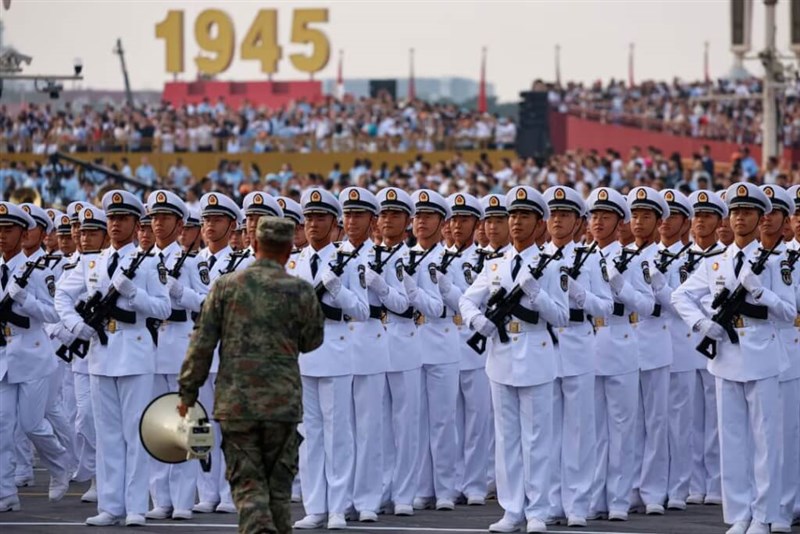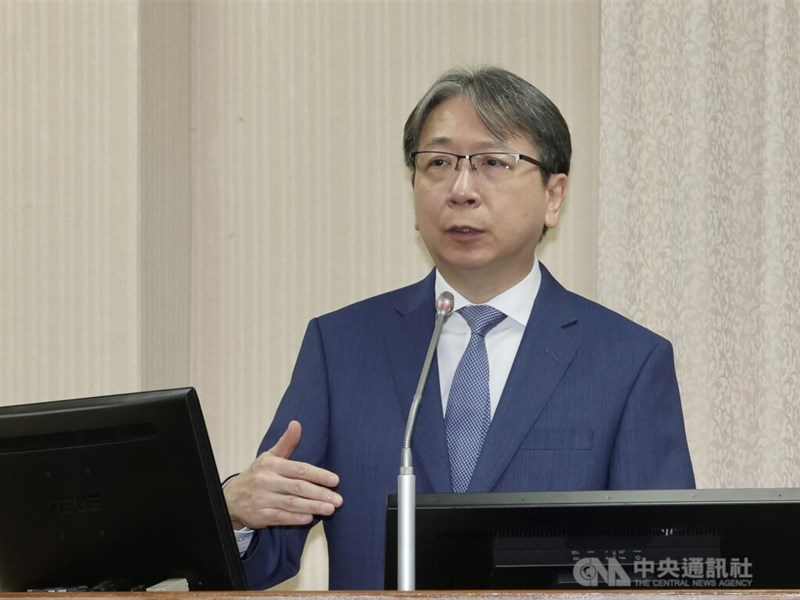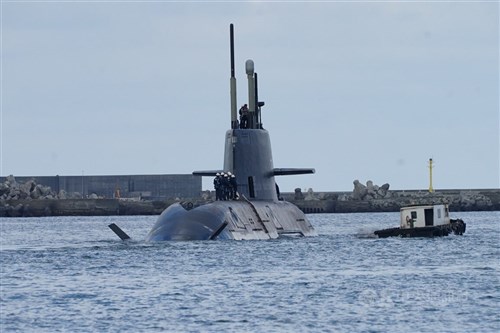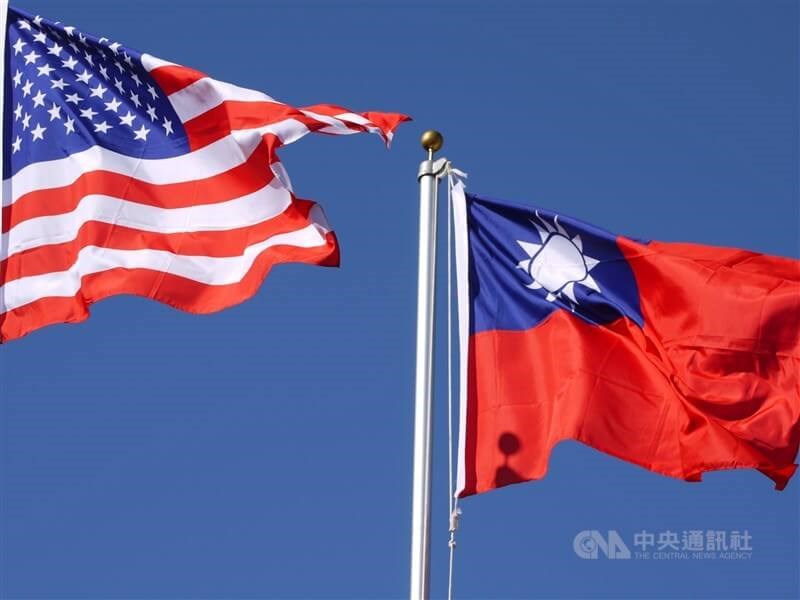DEFENSE/China parade weapons aim to counter Taiwan asymmetric warfare: Scholar

Taipei, Oct. 1 (CNA) A Taiwan defense scholar has recently said that many of the latest weapon systems debuted by the People's Liberation Army (PLA) during the 2025 "China Victory Day Parade" last month were meant to counter Taiwan's asymmetric warfare.
In the latest issue of Defense and Security Biweekly, published on Sept. 25 by the Taiwan military-funded think tank, the Institute for National Defense and Security Research (INDSR), Sheu Jyh-shyang (許智翔) noted that Taiwan had spent decades investing in asymmetric warfare, the use of smaller, cheaper, but highly effective, weapon systems to make an invasion by a larger force prohibitively costly.
However, some of the PLA weapons that debuted Sept. 3 parade in Beijing marking the 80th anniversary of the end of World War II are expected to put great pressure on Taiwan's existing anti-missile systems, said Sheu, an assistant research fellow at the INDSR.
Among these weapons are the Dongfeng-61 (東風-61), an intercontinental ballistic missile, a series of YJ anti-ship missiles, and the JL-3 (巨浪-3) intercontinental-range submarine-launched ballistic missile (SLBM), Sheu wrote.
All these latest-generation missiles are difficult to detect and cannot be fully intercepted even after detection, Sheu said.
These missiles can also be launched from surface vessels, submarines, and aircraft, posing threats from all fronts, he added.
On the ground, the PLA also debuted its ZTZ-100 tank, which features an automated Protection System with sensors and weapons to intercept missiles and drones, Sheu said.
Other protection features of the PLA's new tanks include an unmanned turret to enhance crew safety, he noted.
Meanwhile, the parade also displayed PLA's first nuclear missile formation with the latest addition of JL-1 (驚雷一型) air-launched ballistic missile.
The parade was the first public acknowledgement that China has achieved a nuclear triad of air-launched, submarine-launched, and land-based missiles.
According to Sheu, China's display of a complete nuclear triad was meant to further coerce countries worldwide with its growing military might.
It could serve as a deterrent aimed at preventing Western countries from intervening, in the event of a Chinese invasion of Taiwan, the scholar warned.
![China may hold large-scale drill by year-end: Taiwan intelligence head]() China may hold large-scale drill by year-end: Taiwan intelligence headTaiwan's top intelligence chief on Wednesday said it was not unlikely that China's military holds another large-scale military drill before the end of this year and that Taiwan has to stay prepared.12/03/2025 12:46 PM
China may hold large-scale drill by year-end: Taiwan intelligence headTaiwan's top intelligence chief on Wednesday said it was not unlikely that China's military holds another large-scale military drill before the end of this year and that Taiwan has to stay prepared.12/03/2025 12:46 PM![Defense minister denies anchor-free submarine tests endangered crew]() Defense minister denies anchor-free submarine tests endangered crewDefense Minister Wellington Koo (顧立雄) on Monday denied that testing Taiwan's submarine prototype without its anchor endangered the crew, or that the move was driven by pressure to meet a delayed delivery deadline.12/01/2025 06:52 PM
Defense minister denies anchor-free submarine tests endangered crewDefense Minister Wellington Koo (顧立雄) on Monday denied that testing Taiwan's submarine prototype without its anchor endangered the crew, or that the move was driven by pressure to meet a delayed delivery deadline.12/01/2025 06:52 PM![U.S. scholar urges Taiwan to prioritize deployable asymmetric weapons]() U.S. scholar urges Taiwan to prioritize deployable asymmetric weaponsTaiwan urgently needs to invest more in asymmetric capabilities, a U.S. scholar said on Friday, noting that credible deterrence requires prioritizing forces that can be deployed quickly.11/29/2025 03:48 PM
U.S. scholar urges Taiwan to prioritize deployable asymmetric weaponsTaiwan urgently needs to invest more in asymmetric capabilities, a U.S. scholar said on Friday, noting that credible deterrence requires prioritizing forces that can be deployed quickly.11/29/2025 03:48 PM
- Society
Hualien quake causes brief transport delays, CWA warns of aftershocks
12/08/2025 09:50 PM - Society
- Business
Chiayi City to submit NT$6,000 cash handout plan for council review
12/08/2025 09:16 PM - Society
CWA forecasts heavy rain Tuesday, temperature drop to 10°C over weekend
12/08/2025 09:13 PM - Society
Taiwan forms clinical trial alliance to accelerate access to new medicines
12/08/2025 09:07 PM


